Congratulations Seniors! It’s a…Stuffed Animal?
February 22, 2016
“Attention please, someone has left their child in the Media Center.”
Bewildered, several underclassmen look up from their last-minute homework.
“If you are the parent of a dolphin Pillow Pet, please come retrieve your child.”
Has the mysterious voice behind the loudspeaker lost its mind? How does one parent a Pillow Pet? Isn’t every student in the Media Center a child?
Annually, proud high-school senior “parents” dutifully tote stuffed animal children to every class, channeling inner parental instincts for what is affectionately known as “The Baby Project.” Taking care to keep their babies “warm, dry, and protected,” as per health teachers’ Rules of Baby Care, seniors cannot leave their children unattended, in a backpack, or otherwise abused for a week. To evidence compliance with proper parenting guidelines, students collect teacher signatures at the end of each period.
Jeremy Harmon ‘16, who recently finished his project, testifies to the potentially stringent enforcement of these pseudo-parenthood mandates: “There is one teacher who, if you went up to get a pencil without your baby, would take your child and deduct points from your project.”
The Baby Project seeks to inform Ridge students of the costs and responsibilities associated with parenthood through two ways: 1) the aforementioned physical caretaking of a stuffed animal and 2) the presentation of extensive research on assigned aspects of pregnancy.
According to senior health teacher Mrs. Lime, “The project has been in place even before I started teaching here – which is 23 years now. It has evolved – we used eggs, flour sacks, and $300 crying babies. [The health teachers] try to get partners to communicate [about] sensitive topics and realize how much [a pregnancy] changes your life. You have to think about something else besides you. Ultimately, we are trying to protect and educate our students.”
By requiring students to work in pairs and constantly tend to their stuffed animals (including at home), the Baby Project attempts to accurately reflect childcare, albeit in a bustling high school with limited bandwidth for more student obligations. Further, all students are required to conduct group research on genetic composition, the delivery process, parenting finances, birth control, and child development.
Mrs. Lime remarks, “On another level, the project increases understanding among our students. For example, we learn about birth defects and the causes both genetic and environmental.” Each pair has a child who is adopted, in-vitro fertilized, or living with a birth defect. Students share their specific experiences as a culmination of the project.
Many, intimidated by the prospect of these dramatic (though simulated) liabilities, find that the ordeal is effective in deterring seniors from unprotected sex and unplanned pregnancies. Through a test-drive of the crazy ride of parenthood, many discover that they are neither financially nor emotionally secure enough for a child.
Tessa Lechleider ‘16 claims, “Learning about the reproductive systems and different safe sex practices is helpful for seniors since we will be heading off to college next year…The project puts into perspective how expensive having a child can be, something I didn’t know before. It’s almost like they’re trying to scare us into not having sex and getting pregnant.”
Participants largely gleaned the most insight and motivation to avoid teenage pregnancies from exposure to the financial burden of having children; according to a 2010 USDA report, the first year of caring for a baby costs $12,000 for the average family.
Lechleider affirms this sentiment: “When we were looking up the different costs of everything, everyone was astounded at how expensive [children] are.”
In retrospect, most seniors agree that the research portion proved enlightening, while lugging around a Build-a-Bear was only partially useful.
Harmon further asserts, “Taking care of the baby was useless. Carrying an animal, which doesn’t even make a sound, does nothing to accurately portray parenthood. My opinion is that we can get the same amount out of the project by just researching.”
Peter Fenton ‘16 agrees: “I don’t think a stuffed animal really captures the whole spectrum of having a child… Again, the most impactful part of the project was the written element where we found out the cost.”
Some voiced concerns questioning the relevance of learning to care for children at a high school where most seniors are college-bound. Even underclassmen, when hearing of the project, felt that class time would be better spent on more immediate issues.
Hyeiwon Kim ‘17 argues, “This assignment doesn’t help us with college; the ultimate purpose of high school is to prepare for college. We could invest time in comprehensive sex education, including learning about AIDS and other STDs.”
Megan Elliott ‘18 offers even more alternative topics: “It would be useful to know how to stay on a budget, avoid the Freshman Fifteen, and deal with homesickness.”
When asked about how the project fits into the senior health curriculum, Mrs. Lime elucidates, “Senior health is about preparing for college. We talk about stereotyping, sexuality, binge drinking, hazing, alcohol poisoning, sexual assault on college campuses, mixed messages about values in the media, and nutrition. The Baby Project is well-placed because at the very least students will know about birth control and the consequences of not being mature enough for sex such as an unintended pregnancy or STI. Students will have a better understanding for those who live with the birth defects they researched. Couples will recognize that the ideal time to start a family is when they have a supportive relationship and finances that will support a family. Most students at Ridge say they want to complete college and/or find steady employment before starting a family. Students can always go back and review the project in the future.”
Finally, some believed that the Baby Project only prepares students to care for babies who never cry, poop, or have runny noses – giving new meaning to the moniker “cherub.”
However, lifelike babies, which are harder to implement without disturbing other classes, could potentially drive participants to destructive measures.
Jesse Lin ‘16 claims that “The department [used to] provide babies that cried, until a few kids broke the crying mechanisms with their keys.”
Zoe Pan ‘18 also tells of similar rumors: “I heard that people would put their babies in the freezer so that they would stop crying.”
Perhaps the most effective and non-intrusive method of engaging seniors, vulnerable to senioritis and general apathy, is to supplement an involved research project with the relatively fun notion of bringing a teddy bear to school. The Baby Project and its stuffed animals perfectly balance the frightening duties of parenthood with memories reminiscent of pre-school nap time. Like any pregnancy, the assignment calls on parents to make the best of a messy situation and bolster their wisdom; it is the project’s flaws that make the endeavor so thought-provoking.

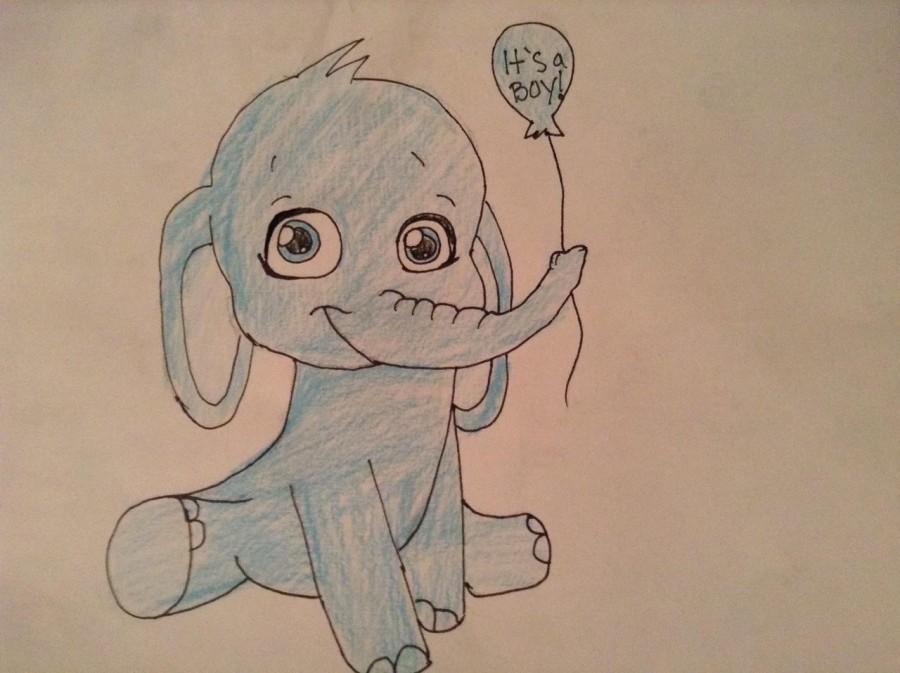


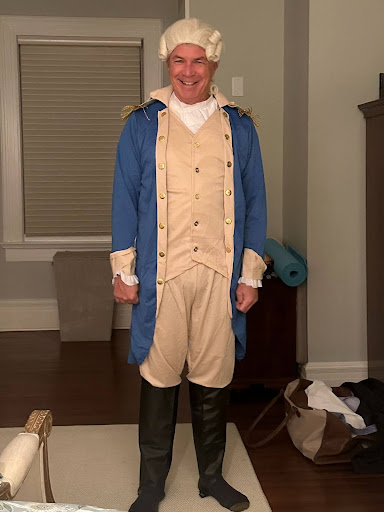
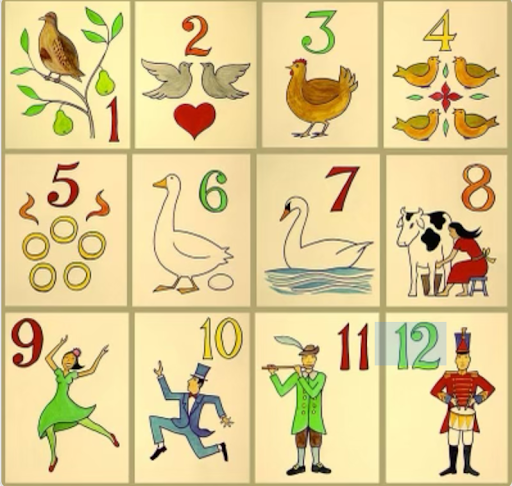


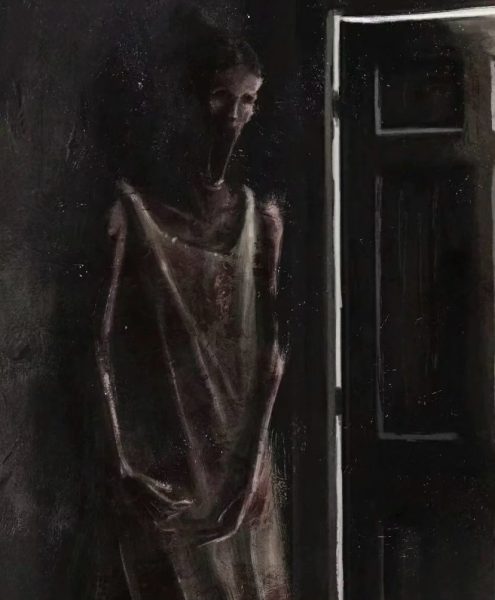
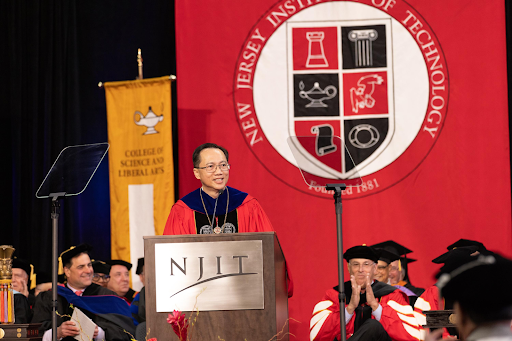

Madison Fellin • Feb 29, 2016 at 1:37 pm
I think the baby project is a very important aspect of senior health. Learning how to take care of a child is very important at this stage in our life. Although I believe this project is very important, I also believe that a lot of kids take advantage of this project and dont take it seriously. Like the article said, too many kids lose their baby or dont care enough to keep track of it. We should try and work to better this project.
Elizabeth Lofredo • Feb 29, 2016 at 1:33 pm
i really like the topic of this post and think it interests everybody because they will all have to do it. i also very much appreciate the cover photo because i love elephants and thats what drew me in, a picture is worth a thousand words right? haha. so anyway good job ruiyan and i came here to get free food so thanks!
EthanBrady • Feb 29, 2016 at 11:59 am
I think it is very important to learn something as useful as this. Teaching kids about pregnancy and how it affects his or her life is something that can help them later on in life. Also learning about how to care for a baby is something that is important to learn now because if you don’t ever learn that it will be a lot harder for you to raise a child.